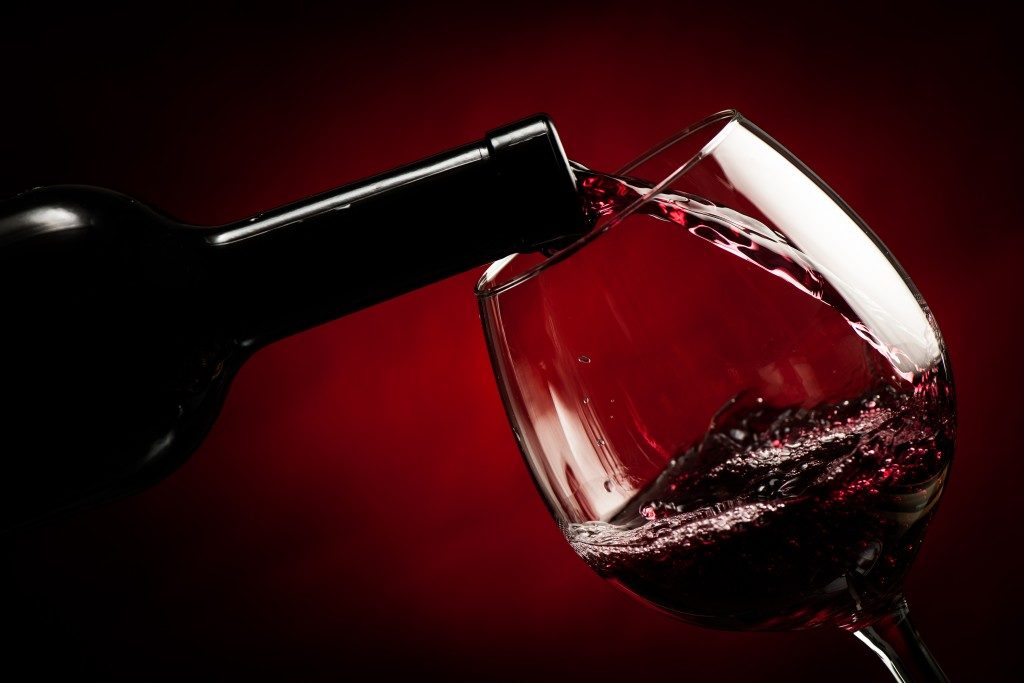From the comforts of an apartment in London or a chateau in Paris, France, people of different cultures have been enjoying wine for many years. Bordeaux is well known as a winemaking region in France, producing wines with a rich history and dedication to quality. The wine classification divides the region into 36 districts that are then divided into communes, each holding vineyards that produce fine wines.
Overview and History
"Bordeaux Wine" is synonymous to wine that is created in the Bordeaux region of France. The region is predominantly known for Cabernet Sauvignon, Petit Verdor Malbec, and red Merlot wines, among others. If you are a connoisseur or wine expert, you know that Bordeaux wines are either full-bodied or medium mixtures of fruits. They have characteristics that make them best consumed when aged for several years, decades even.
Early Beginnings
The origins of Bordeaux wine started around during the Roman invasion. It was here when the Romans began planting in vineyards and cultivating grapes. This indicates that the natural location of Bordeaux, until the present day, is ideal for growing quality plantations due to its soil quality and climate. This also reinforces the location to promote trading in other parts of the world.
The wedding between King Henry II and Eleanor of Aquitaine involved Bordeaux wine, strengthening the bond between the royal families. The wine then started being exported and the lineage of the family became fond of Bordeaux wine. The abolition of export tax by King John also paved the way for the popularity of the wine and its greater reach to more parts of the world.
Trading
The development of roadways allowed the wine to reach more buyers. During these times, wine should be consumed in a year, which meant exporting them should be done quickly. The involvement of the Dutch in reshaping the region for easier access and more plantations led to easier distribution.
Today, the area is called Medoc. The 18th century saw struggle with wine trade, but Bordeaux wines were still finding their way across Britain and other areas affected by the Spanish war.
Growth and Classification

Around 1725, the wine industry in Bordeaux grew and spread, resulting in more vineyards and districts. The region of Vignoble de Bordeaux was emerging at this time and more vineyards were planted in order to expand wine trade and business. The 19th century saw the classification of ranking wines and identifying the best of the best.
Modern Day
The challenges of the World War effectively ceased sales, with vineyards becoming harder to maintain. Financial difficulties in the 1920s also halted production and led to shrinking vineyards. The 70s saw difficulties in wine pricing and even caused the market to crash due to incredibly high prices and low sales. Rober Parker, a famous wine critic at the time, allowed the Bordeaux wine industry to come alive again, thanks to his writings and praise.
Today, Bordeaux wine remains popular, competing with wines produced in other areas of Europe, America, and across the world. The wines from the Bordeaux region remains to be high on many critics' lists and auctions, as well as wine tasters and experts around the world.



